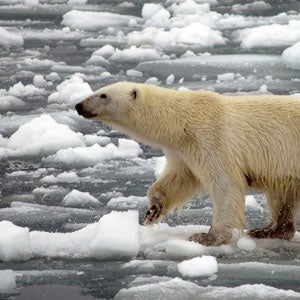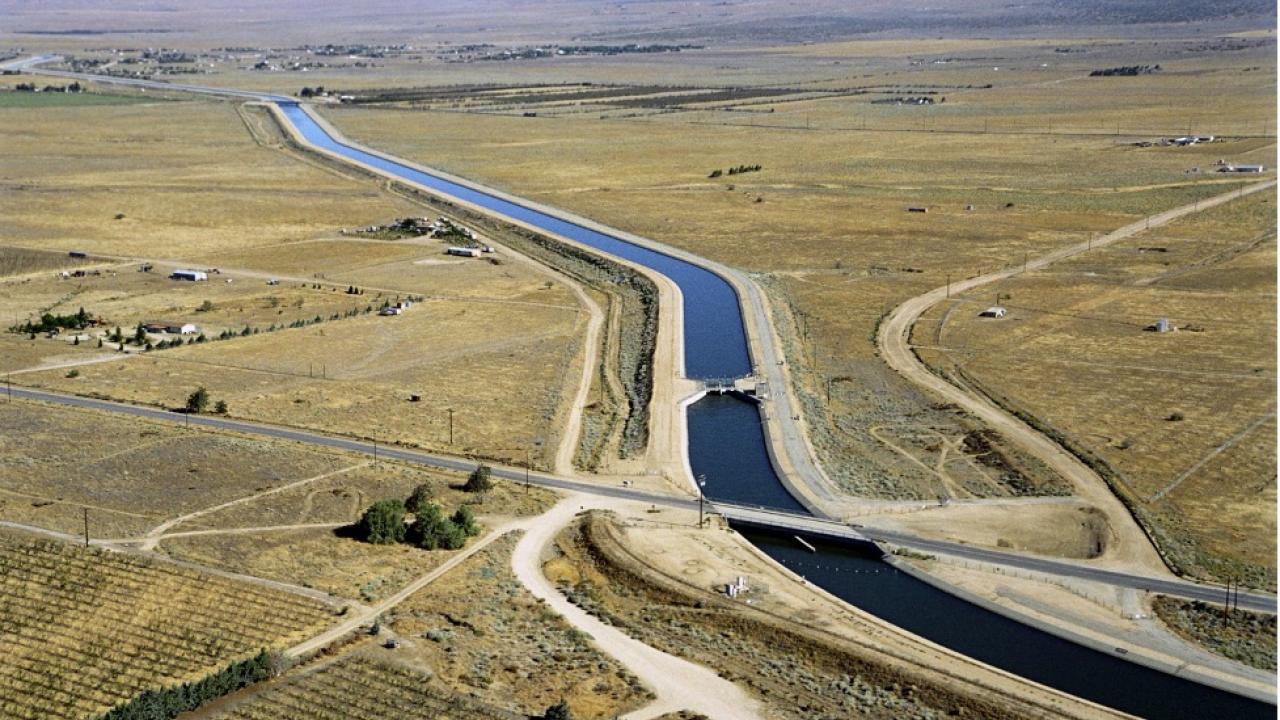Conserving water goes beyond just saving water; it plays a vital role in conserving energy and reducing greenhouse gas emissions (GHGs). This is one of the main conclusions of a study conducted by UC Davis in collaboration with the Los Angeles Department of Water and Power (LADWP).
The study, published in the journal Environmental Research Letters, shows that customer-focused water conservation programs are just as cost-effective (and in some cases, are more cost-effective) as energy efficiency programs in reducing electricity use, GHGs and other energy-intensive operations.
“In California we use about 20 percent of statewide electricity and 30 percent of non-power plant natural gas to move, treat, and heat water,” said author Edward Spang, an assistant professor in the UC Davis Food Science and Technology Department and the Center for Water-Energy Efficiency. “Using LADWP as a case study, we wanted to examine the energy savings secured through water conservation programs relative to energy efficiency programs.”
It takes energy to move water
Los Angeles receives its water from three main sources: the State Water Project, the Colorado River Aqueduct and LADWP’s Los Angeles Aqueduct. Unlike the LA Aqueduct, which is completely gravity-driven and actually produces electricity as water passes through hydroelectric plants, the State Water Project and the Colorado River Aqueduct are energy consumers. A system of water pumps delivers water to the LA basin from as far away as the Sacramento River in Northern California and Lake Havasu in Arizona.
UC Davis applied three different estimates of energy intensity, which is the amount of energy embedded within water. The first directly assessed the LADWP service territory; the second had an expanded boundary that included LADWP’s imported water infrastructure systems; and the third was a broader estimate for the entire regional hydrologic zone. Researchers also analyzed data on the costs and estimated savings of LADWP's water conservation and energy efficiency programs.
Saving water saves energy
The study found that LADWP saved a considerable amount of energy through its water conservation programs. Across the various scenarios, the estimated energy savings secured through water conservation programs (e.g., high-efficiency washing machines, toilets/urinals and irrigation systems) was cost-competitive with LADWP’s energy efficiency programs (e.g., more efficient lighting, HVAC and refrigeration systems).

Read more stories on climate science
“Although LADWP has been focused on water conservation and the developing local water resources for quite some time, this study validates our efforts and really highlights the added benefit of reducing energy intensive water operations and related greenhouse gas emissions,” said Nancy Sutley, LADWP Senior Assistant General Manager of External and Regulatory Affairs and Chief Sustainability Officer. “This fruitful collaboration with UC Davis has given us valuable data we can use to effectively allocate resources and programs to better serve our customers.”
LADWP’s Sustainability Office and the Water System administers a variety of energy-saving and water conservation rebates and programs for residential and commercial customers.
Cooperation is key
Another key takeaway from the study is the importance of establishing an appropriate system boundary for evaluating program performance. While each local utility, such as LADWP, will gain a certain amount of energy savings by reducing energy-intensive water operations, these savings become more significant at the state-wide level. This study may serve as a framework for multi-agency, inter-regional water conservation programs.
“This study is highly relevant to both water and energy utilities, as well as government agencies with mandates to sustainably manage water supplies, achieve energy efficiency savings, and reduce GHG emissions,” said author Frank Loge, a professor in the UC Davis Civil and Environmental Engineering Department and director of the Center for Water-Energy Efficiency. “We hope utilities and agencies will recognize this win-win scenario and allocate energy efficiency dollars to water conservation.”
UC Davis researchers conducted the study using data provided by LADWP’s Office of Sustainability, Efficiency Solutions Engineering and the Water System’s Resource Development & Watershed Management.
Media Resources
Ali Loge, UC Davis Energy and Efficiency Institute, 530-302-5686, asloge@ucdavis.edu
Kat Kerlin, UC Davis News and Media Relations, 530-750-9195, kekerlin@ucdavis.edu
